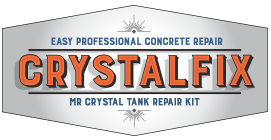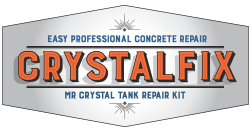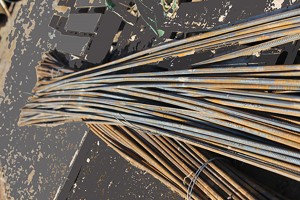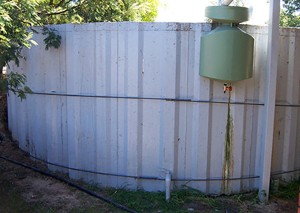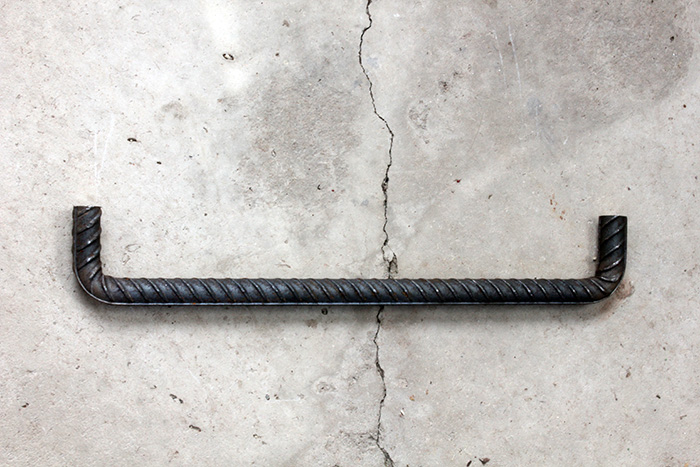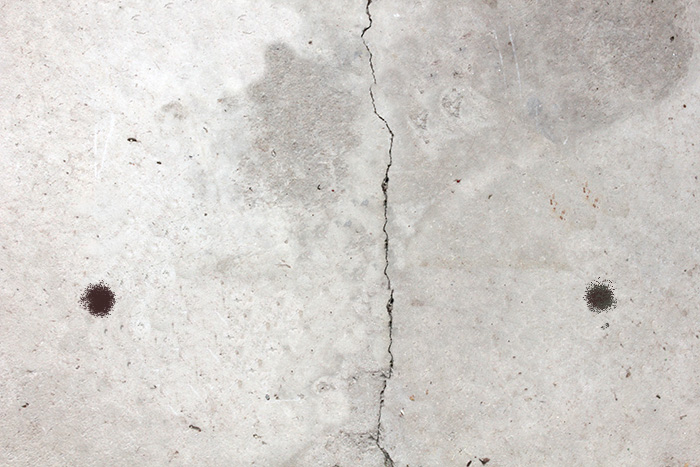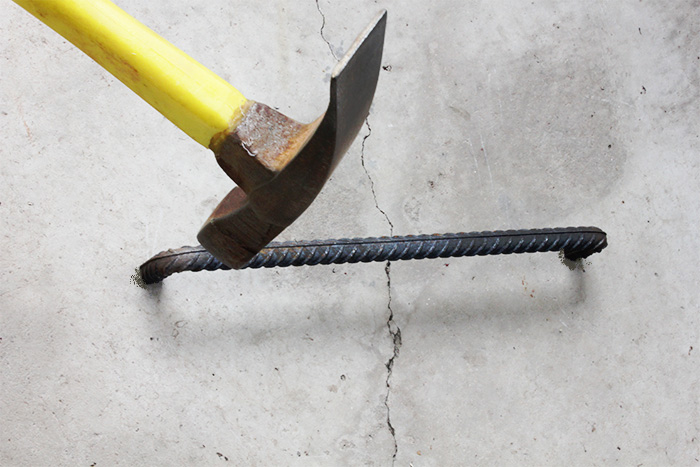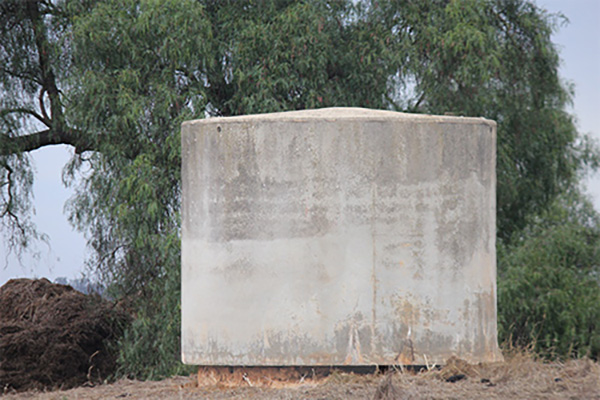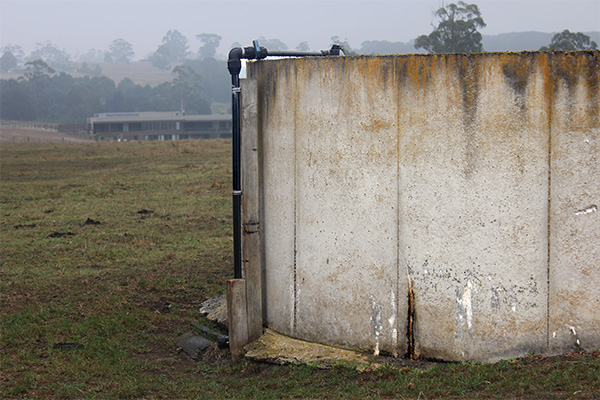Controlling Movement – Structural Integrity
In order to ensure success of your remedial repairs it is imperative that your tank/trough/pit has basic structural integrity.
Excessive movement from foundation, load and temperature fluctuation are the primary causes of cracking. Minimising this movement will contribute to restoring your structure as “fit for purpose”. Some options to reduce movement if needed are:
Banding
External reinforcement is placed around the structure at key locations to assist (or take over) from inadequate or decayed reinforcement.
Generally for tanks up to 75,000 litres (15000 gallons) the addition of two hoops of high tensile deformed bar will be adequate if placed around the tank under tension. This is cost effective and can be done with ease with two people. See diagram. Do not use cable…it is too elastic!
Method
Purchase N12 bar (or similar) in 6m lengths. Join by welding to achieve correct circumference of tank (2x36mm welds at joins). Weld short length of chain to each end. Wrap around tank, hold together with chain dogs. Using two chain dogs (double dogging), tension bands as much as possible prior to welding band ends together.
